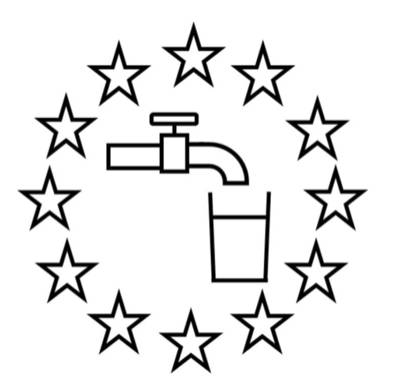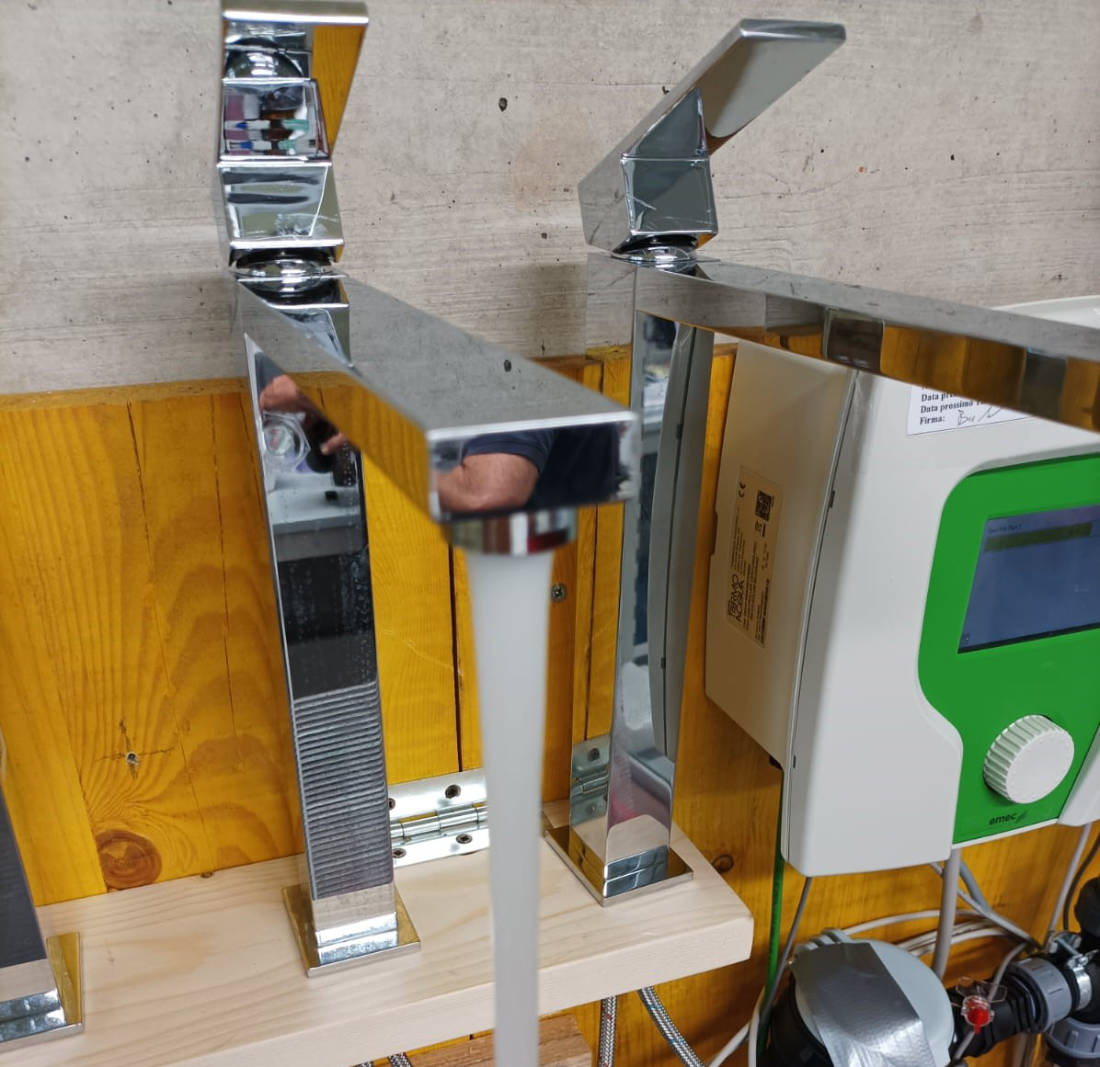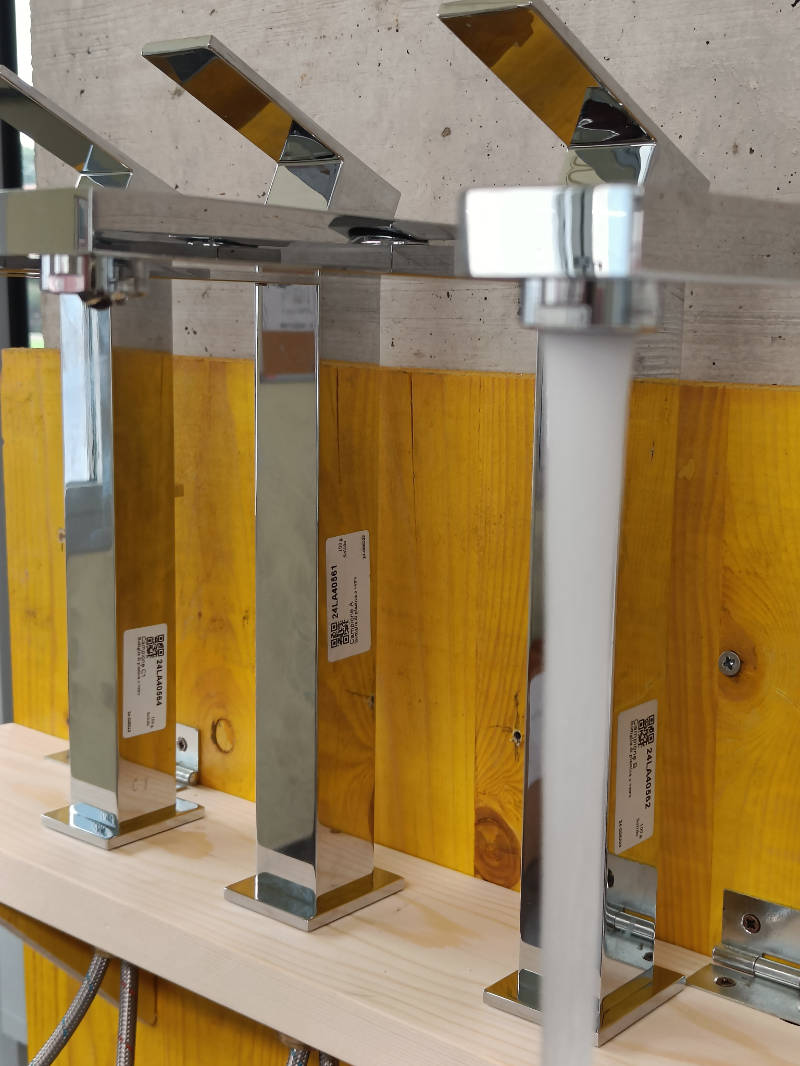European Regulation – materials in contact with water
EU Directive 2020/2184 – 16th December 2020
Ever since 1980 the EU has been working to standardise hygiene regulations for materials and products in contact with drinking water in order to make it safer and to reduce the administrative burden on companies producing relevant materials and products.
In April 2024 the European Commission published the following 6 acts:
2024/369
Commission Delegated Regulation EU 2024/369, January 23rd 2024, integrates the European Parliament and the Council Directive (EU) 2020/2184 by establishing the procedure for inclusion or removal from European positive lists of starting substances, compositions and constituents.
2024/370
Commission Delegated Regulation EU 2024/370, January 23rd 2024, integrates the European Parliament and the Council Directive (EU) 2020/2184 by establishing the procedure for the conformity assessment of the products in contact with drinking water and of the rules for the designation of conformity assessment bodies involved in the procedures.
2024/371
Commission Delegated Regulation EU 2024/371, January 23rd 2024, integrates the European Parliament and the Council Directive (EU) 2020/2184 by establishing harmonised specifications for the marking of products in contact with water intended for human consumption.
2024/365
Implementing Decision EU 2024/365, January 23rd 2024, laying down detailed rules for the application of the European Parliament and the Council Directive (EU) 2020/2184 regarding the methodologies for testing and accepting starting substances, compositions and constituents that are to be included in the European positive lists.
2024/367
Implementing Decision EU 2024/367, January 23rd 2024, integrates the European Parliament and the Council Directive (EU) 2020/2184 by establishing the European positive lists of starting substances, compositions and constituents, of which the use in production of materials or products which come into contact with water intended for human consumption is authorized.
2024/368
Implementing Decision EU 2024/368, January 23rd 2024, laying down detailed rules for the application of the European Parliament and the Council Directive (EU) 2020/2184 regarding the methodologies for testing and accepting final materials used for the products in contact with water intended for human consumption.
APPLICATION
The above-mentioned laws for the new products will apply from 31 December 2026.
The application imposes to the manufacturers, to the importers and to the authorised representatives who place on the market products destined to come into contact with water intended for human consumption, to start to apply the new law as soon as possible.
Comie Laboratory advises you to:
- Check the suitability of materials used by comparing them with the positive list;
- Require your suppliers to comply with the materials used;
- Verify the conformity of the production flow;
- Verify the analytical conformity of finished products.
For existing products, which comply with national requirements and whose certificate of conformity still appears to be valid on the 31 December 2026, the new law will apply from 31 December 2032.
EU DECLARATION OF CONFORMITY
The EU declaration of conformity is a mandatory document that every manufacturer or its authorized representative must sign to declare taht their products comply with EU requirements.
It must inevitably report the details of the ntified body that carried out the conformity ssessment procedure and the legislation according to which the product complies, in addition to the harmonized standards or other means used to certify conformity.
This declaration will allow products to circulate freely in EU states.
The advantages are:
• a single certification and not one for each Member State in which the products are sold;
• uniformity on the materials that can be used and on the laboratory tests to be carried out.
Those responsible for placing products intended to come into contact with drinking water on the market are the manufacturer, the importer or the authorized representative.
NOTIFIED BODIES
The EU Commission establishes that accreditation is an essential tool for verifying the competence of conformity assessment bodies. For this reason, these bodies must be accredited by a national accreditation body in accordance with Regulation (EC) No. 765/2008 in such a way as to be authorized as notified bodies and that they can carry out conformity assessment procedures required by the reference legislation.
The Commission makes public the list of notified bodies with the relevant identification numbers assigned to them and the activities for which they have been notified. The Commission ensures that this list is kept up to date.
The notified body carries out an audit of materials, suppliers and the production process and controls the maintenance and updating of conformity. This allows the manufacturer to:
- avoid disputes about products placed on the market;
- avoid that the problems are extended to models that use the same components;
- ensure the maintenance of the criteria and solutions adopted;
- prevent and control risks related to health and hygiene safety;
- avoid improper use by the user;
- protect the company, fully responding to the specific regulatory requirements indicated in the declaration of conformity.
The evaluation procedures to be adopted are established according to the risk classes of the product which are obtained starting from specific tables in which the products are grouped by use and according to the surface/volume ratio.
MATERIAL GROUPS
Positive lists of starting substances, compositions and constituents are defined for each type of material that can be used for the production. Currently, 2044 substances have been approved; the materials have been divide according to their composition:
- Organic
- Cementitious
- Metallic
- Ceramic.
The following parameters are established within the lists:
- Maximum tap tolerance concentrations (MTCtap);
- the conditions of use;
- the impurities allowed;
- the expiry of the approval substance.
ANALYTICAL METHOD
The fourth act concerns the test to be performed on the final product depending on the composition of the material. The table below shows the methods used for each type of material:
| Criteri |
Contact Test |
Test Method |
Organic | Metal | Cement |
Glazes and Ceramic Materials |
|
Odour and Taste (TON/TFN) |
EN 1420
|
EN 1622 | X | X | ||
| Colour | EN 1420 | EN 7887 | X | X | ||
| Turbidity | EN 1420 | EN 7027 | X | X | ||
| Total organic carbon leaching | EN 12873-1 EN 12873-2 | EN 1484 | X | X | ||
| Surface residues (metals) | EN 16057 EN 16058 |
X | ||||
| Maximum tolerated concentration (MTC) | EN 12873-1 EN 12873-2 |
Analisi o modello di calcolo | X | X | X | |
| Unexpected substances (GCMS) | EN 12873-1 EN 12873-2 |
EN 15768 | X | X | ||
| Increased microbial growth | EN 16421 | EN 16421 | X | X |
To identify the methods to use for organic materials, the products or components are classified into risk groups according to their use and a conversion factor (FC) which can be obtained from table 5 of the fourth act. The conversion factor allows the expected concentration in water to be calculated based on the results of the migration tests.
Based on the conversion factor, the product or component is classified in a risk group (GR) in accordance with table 1 of the fourth act.
The notified body will appoint testing laboratories which must be EN ISO/IEC 17025:2017 accredited.
MARKING
The harmonized specifications related to the position and graphics of the marking apply to products intended for use in new installations or in existing installations for the extraction, treatment, storage, or distribution of water intended for human consumption and which are intended to come into contact with such waters.



By your side to guarantee the result
Contact Comie

Contact us
Phone: +39 0321 820340
Fax: +39 0321 820500
Email: info@comie.it
PEC: comie@pec.it
Address
Via Taulè, 15
SIZZANO (NO) ITALY
